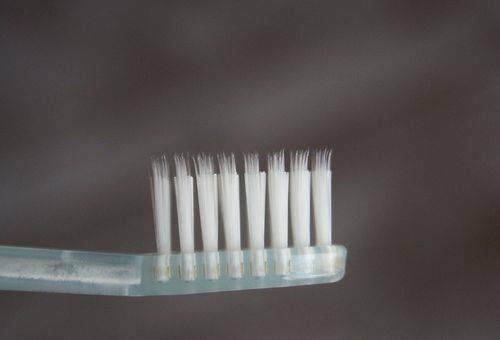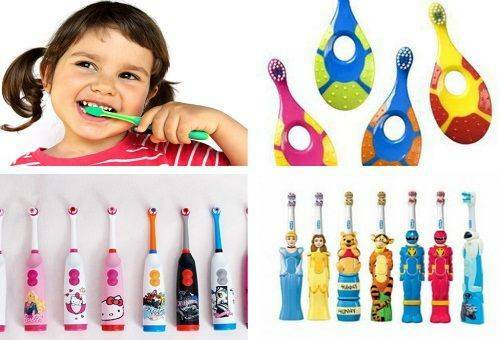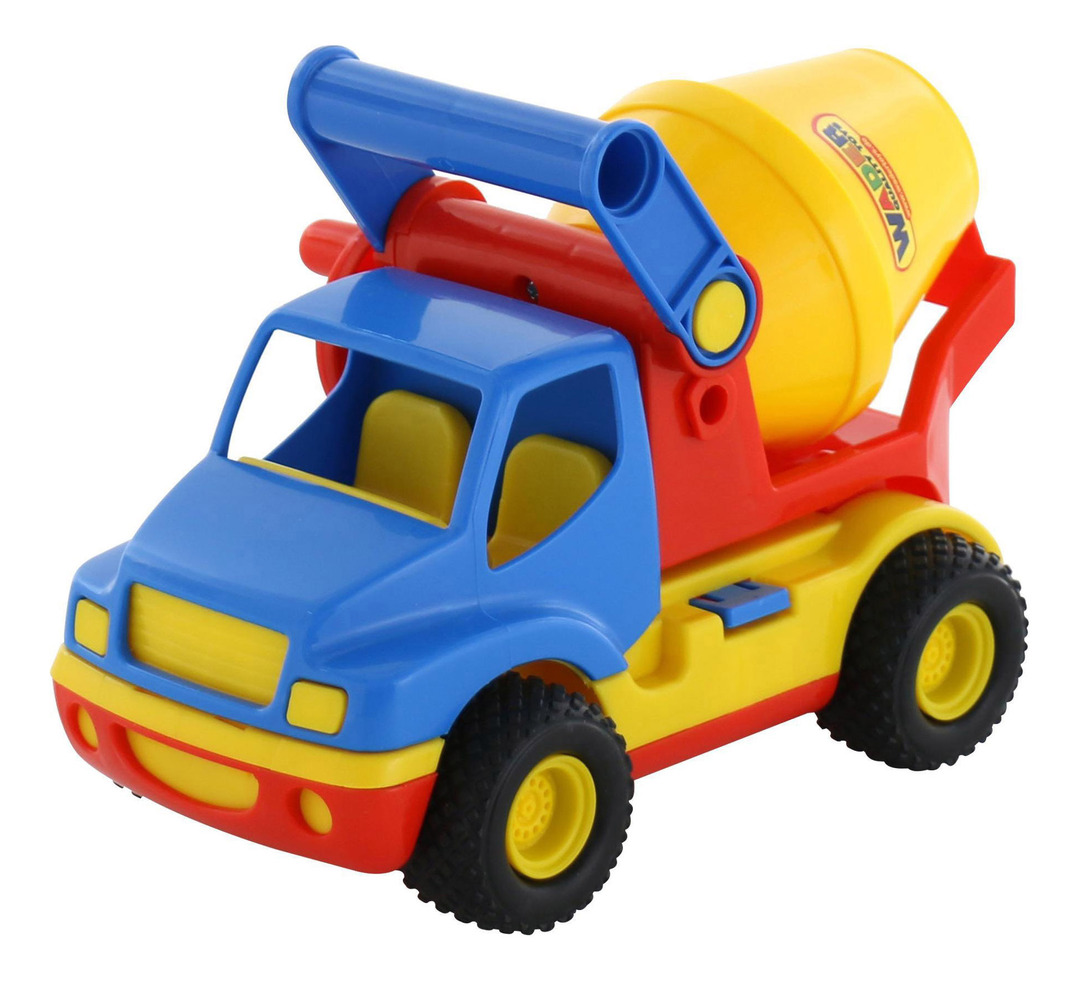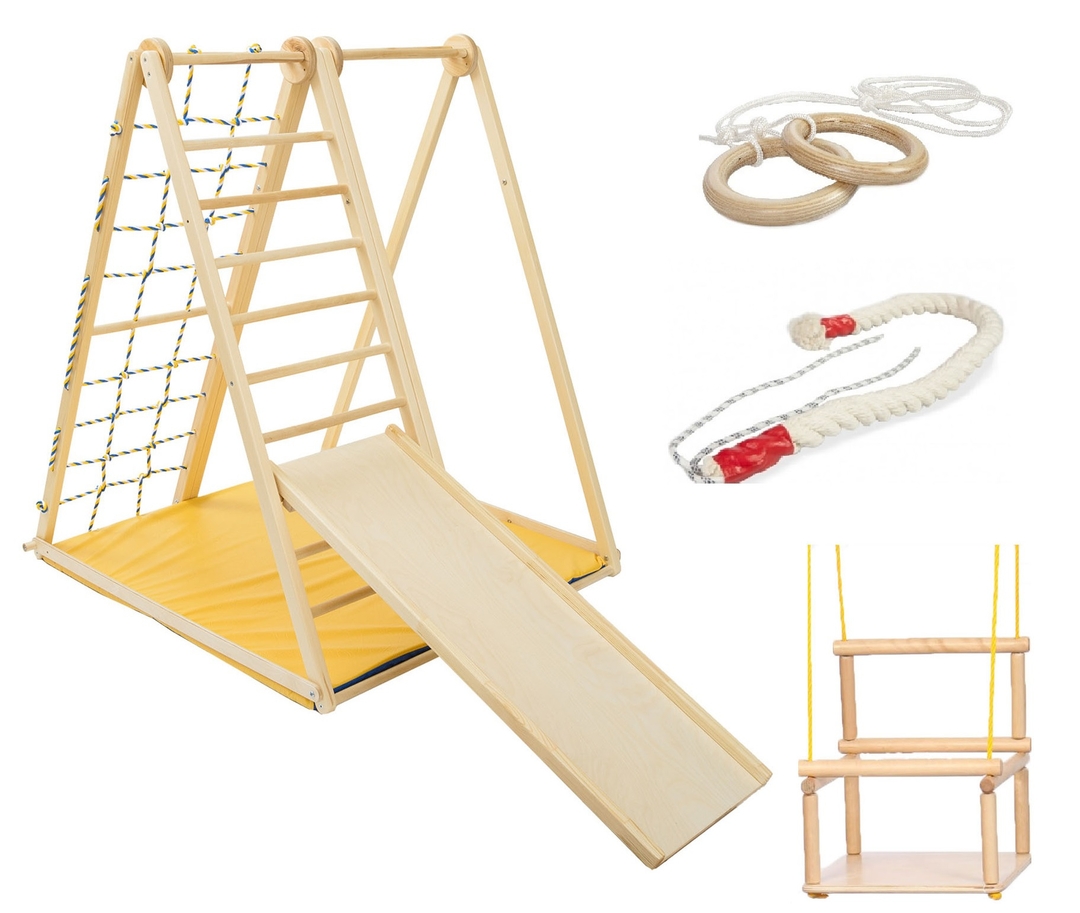Contents:
Contents:
Species
- Characteristics of different types of toothbrushes
- Types of electric toothbrushes
- How to choose an electric toothbrush
- How to choose a toothbrush for a child
- Useful tips
Teeth cleaning twice a day is a necessary hygiene measure that will help to keep healthy teeth for years to come. It is important to know how to choose the right toothbrush in order to remove the plaque from the surface of the teeth and gums as effectively as possible.

Varieties
In the variety of the assortment presented, it's easy to get lost, so you should determine which toothbrush is the best fit in your case. All models are classified by age category( children, adolescents, adults), group, class, type and material of bristles, by type and type of pen.
Toothbrush Groups:
- hygienic designed for the care of healthy teeth;
- parondental or prophylactic are indispensable for patients with teeth, as they provide a delicate cleaning of the enamel;
- special( additional) are designed to clean prostheses, orthodontic structures, bored teeth, fissures.
By class: manual, electrical, mechanical. The bristles can be natural or synthetic( from the seton, nylon, perlon, polyurethane, derolon), located in 1, 2, 3 levels or be multi-level. By the degree of stiffness of bristles, toothbrushes are divided into 5 types:
- very soft - from nylon bristles up to 0.18 mm in diameter;
- soft - up to 0.2 mm;
- of medium hardness - 0,21 -0,22 mm;
- hard;
- is very tough.

Brush with soft bristles( soft) are recommended for people with sensitive tooth enamel and toddlers. The majority of the population is suitable for medium stiffness( medium).
Board
The magazine "Miss Purity" recommends the use of toothbrushes with very stiff bristles( hard) only on the recommendation of the dentist.
Often manufacturers combine bristles with different stiffness, as, for example, in Colgate Plus brushes. In the center are shorter bristles designed to clean the chewing surface of the teeth. At the edges - soft and longer, effectively removing plaque from the gum groove.
Modern toothbrush can be:
- mechanical( with different modifications and direction of the bristles);
- electric;
- orthodontic;
- ultrasound;
- ionic.
Characteristics of different types of toothbrushes
Each modification has its own advantages and disadvantages, knowledge of which will help to choose the toothbrush correctly.
Advantages of the conventional mechanical model:
- low cost, which allows without changing the budget to change frequently to a new one;
- there is no need to periodically change the batteries or replaceable nozzles;
- is the best option if the teeth are cleaned thoroughly and at least three minutes( the electric model can injure the gums due to rapid head movement).
Disadvantages:
- needs to have the skills to properly brush your teeth;
- for cleansing from plaque takes more time, compared to an electric or ultrasonic model.
Orthodontic mechanical brushes are designed specifically for those who wear braces. In the middle, this model has a groove designed for structures on the teeth. It is usually manufactured to order, which results in high cost.

Ionic toothbrush looks like ordinary: it has a small size and even setae. Features are due to the inside of the handle rod of titanium dioxide. It provides a current of negatively charged ions attracting positively charged plaque ions. Manufacturers guarantee the restoration of acid-base balance in the mouth after cleansing and more active work of toothpaste components.

An electric toothbrush is a tool in which the vibration of the bristles is up and down( model Sonicare) or reciprocatingly( Oral-B brushes) caused by an electric motor. It is built into the case and is powered by batteries or battery. Advantages:
- the time to brush your teeth is shortened;
- perfectly cleans a healthy tooth enamel;
- effectively prevents the formation of tartar;
- has attachments for cleaning cheeks and tongue, which work at low speed;
- latest models are equipped with a lever for adjusting the rotation speed of the head, which allows you to customize the brush individually.
Disadvantages:
- at the outset use can injure the gums;
- nozzles are required to be changed every 3 months, which is not cheap;
- find suitable replacement nozzles for a particular model can be problematic;
- with time, there is a depressurization of the compartment with batteries, which leads to the entry of water;
- can be a nuisance to a particular person: the vibration in the mouth irritates to nausea and headache.
Which brush is best to choose for hygiene and treatment, the dentist will tell. It must be remembered that electrical models can not serve as a substitute for conventional brushes.

Types of electric toothbrushes
A modern electric toothbrush, depending on the principle of removing plaque, can be of three types:
- Mechanical. At the end is a head with bristles, performing cleaning circular( up to 30 thousand per minute, depending on the model) and up and down movement. Dental calculus and plaque are removed by vibration. Cheeks and gums cleaned with special nozzles. The price of such a brush is from 1000 to 5000 rubles.

Electric toothbrush
- Sound. Bristles of a similar bristle make about 18 thousand turns every second, which provides effective removal of plaque and leftover food. High amplitude and frequency of movements ensure the appearance of a dynamic flow from a mixture of toothpaste, saliva and water, which makes it possible to very effectively clean the oral cavity.
- Ultrasound. Has a built-in ultrasonic wave generator, which disrupt the attachment of microorganisms to the tooth enamel. Inside such a brush, manufacturers equip a piezoceramic plate located under the bristles and a motor. The plate provides approximately 100 million vibrational movements of the bristles per minute, which makes it possible to easily clean even the most inaccessible areas in the oral cavity. The cost of such a brush varies from 5000 to 7000 rubles.
Important
With the help of an ultrasonic toothbrush, it is possible to gently remove bacteria and pigmentation from the teeth, but with solid dental plaque it can not cope. They will have to be removed from the dentist.
When the ultrasound is cleaned, the tissue in the mouth warms by about 1 degree, which makes the warmth feel pleasant. The increase in temperature causes the release of calcium and fluoride ions from the toothpaste, which ensures the restoration of enamel on the teeth.

Ultrasonic toothbrush
Important
Malignant and benign mucosal tumors in the mouth serve as an absolute contraindication to the use of ultrasonic toothbrushes. And the use of such models in acute inflammatory processes in the oral cavity increases the spread of infection.
Pregnant people with pacemakers and blood diseases should use an ultrasonic toothbrush extremely carefully. The use of ultrasound can provoke an aggravation of cardiovascular diseases, epilepsy.
How to choose an electric toothbrush
The correct choice of the model will help you to know some of the nuances.
- Manufacturer. The leader in the production of electric toothbrushes is the firm Procter &Gamble ( brushes ORAL-B ), which products buyers choose most often. Popular models from Panasonic , El Fresco and Philips .Due to the low cost and quality, Colgate 360 ° brushes are required( they work exclusively on batteries), but nozzles of similar electric models need to be changed twice a month.

- Power supply. Battery or finger batteries can be used in its quality. For motorists, the model with a travel charger is ideal.
- Movement of the workpiece. In cheap models, the nozzle moves only in a circle. More expensive versions perform not only circular, but also reciprocating movements, which provides a higher level of cleaning. The pulsating movements of the brush are made thanks to 3D technology, which makes it possible to remove pigmentation on enamel and plaque.
- Cleaning head. A properly sized brush head should cover 2 teeth. Too much will not reach hard-to-reach places in the mouth, and a very small one will increase the duration of cleaning. The optimal head diameter for an adult is 1.5 cm.
- . Bristles of an electric toothbrush, as in ordinary mechanical toothbrushes, can have different degrees of rigidity( soft, medium, hard).The best result is cleaning with medium bristles, but more often doctors recommend soft, as it less injures the gums and enamel.
- Handle. The electric( electronic) model on the handle has a timer that stops the movement of the bristles every 30 seconds. This provides additional comfort: a person knows when to move to the next site. The timer can be set for 120 seconds( 2 minutes), a period such as recommended by dentists for each tooth brushing. An ultrasound indicator, a battery charge and a speed dial of the bristles are placed on the handle.
- Additional functions. Additional nozzles can be of three types: whitening, for sensitive teeth and daily. Expensive models, as a rule, have a set of baits, cheap ones - only one, but if desired, the rest can be bought.
How to choose a toothbrush for a child
For a one-year-old child, only a toothbrush with a round head, soft but elastic synthetic bristles, is suitable. Baby electric models can not be cheap, low price, most often, indicates a low quality of the product.
The main characteristics of brushes that can be used for teeth cleaning by children:
- The handle should not slide in the child's hand and be long enough, since the coordination of movements in the kids is not very good.
- The working part of a toothbrush for toddlers of one or two years can not be more than 20 mm. Improperly sized working part will cause discomfort during cleaning and damage to the mucosa in the mouth. For 3-year-olds, a model with a head size of 23 mm is suitable.
- Bristles should be made of artificial materials. The optimum length of the villi is up to 11 mm. The bristles should be arranged in 3-4 rows.

Baby toothbrushes
Important
Do not use bristles with natural bristles for teeth cleaning in children. Bacteria reproduce very well on them, which can provoke stomatitis. In addition, natural materials are characterized by increased brittleness, and sharpened bristles can damage the delicate mucous and enamel.
Useful advices
The expiration date of any model depends on its quality and method of cleaning your teeth. Accordingly, in some it can become unusable after 2 weeks, others can enjoy a whole year. Despite this, the brush should be changed every 3 months.
Tips & Tricks:
- always change the brush after having a cold;
- in a model of good quality, the bristles are bundled in bundles with rounded apices;
- handles should be with rubber inserts( this will prevent slipping);
- flexible connection of head and handle makes it possible to regulate the force of pressure, which improves the massaging and cleaning properties of the product;
- natural bristles absorb moisture, for this reason it is better to choose a model with artificial bristles;
- deciding which ultrasound brush to choose, it must be remembered that the use of such models has contraindications.
For everyday oral hygiene, a brush with artificial bristles, soft or medium hardness, should be preferred and must be changed every 3 months. An ultrasonic or electric model will facilitate cleaning, but you need to apply them carefully.
We recommend to read the article: how to choose the right toothpaste



